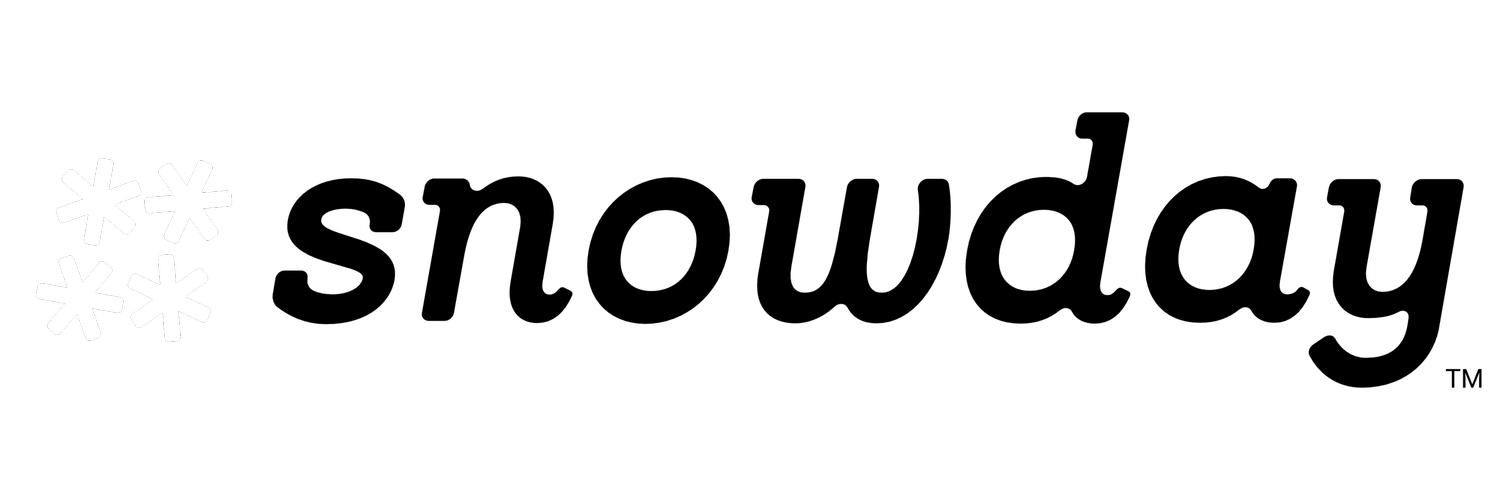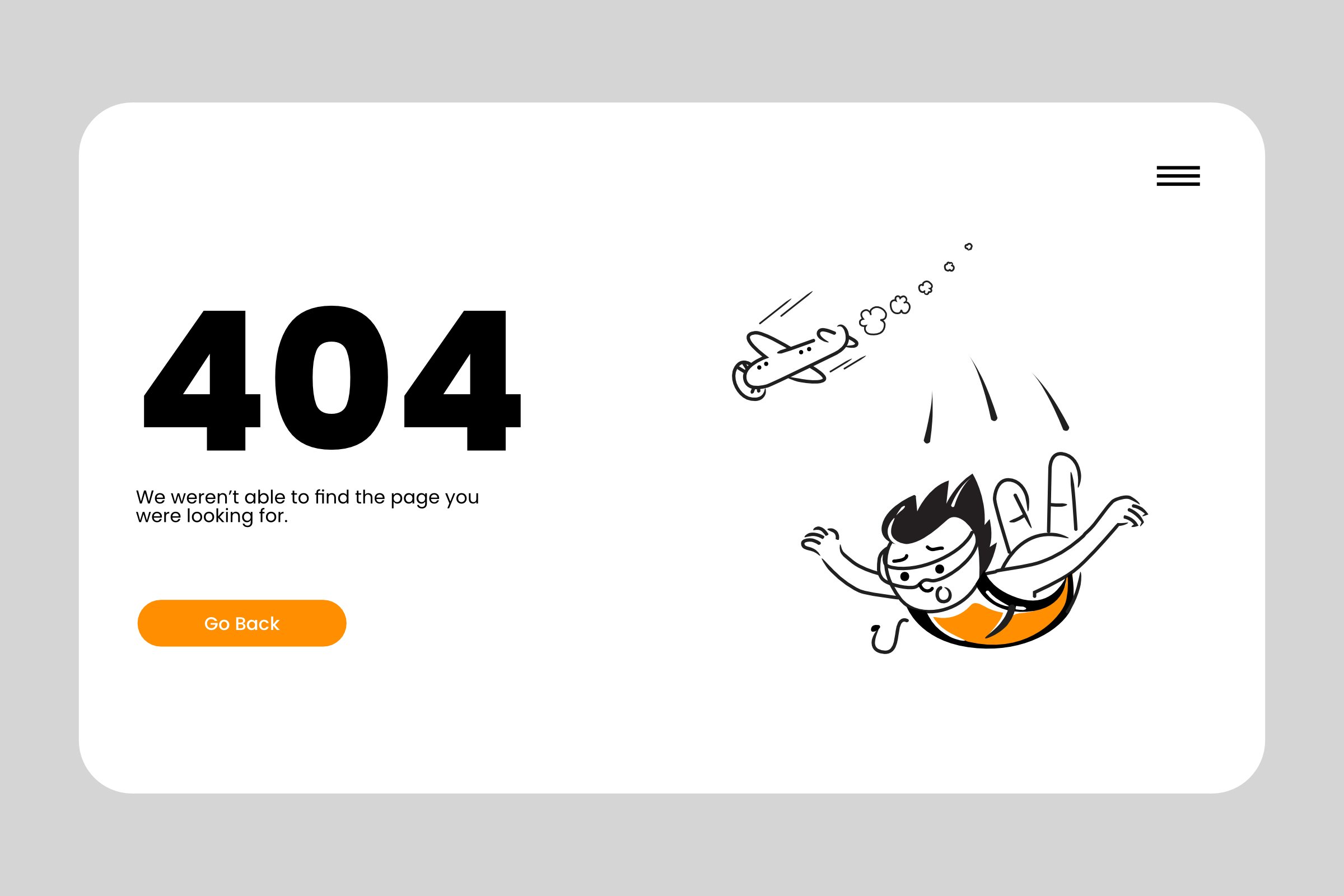What is a 404 Error? What are 4XX Codes?
A simple guide to understanding 4XX HTTP error codes.
Example of a website’s 404 error page.
HTTP status codes provide a way for web servers to communicate about, and explain the result of a request made to them. 4XX codes are some of the most common HTTP status codes. Below you’ll find simple explanations for each of the 4XX status codes.
400 Bad Request
This status code indicates that the server could not understand the request due to invalid syntax. It suggests that the request itself needs to be corrected.
401 Unauthorized
This status code is returned when the requested resource requires authentication that has either not been provided or has failed.
402 Payment Required
This status code is currently reserved for future use, primarily intended for digital payment systems and is not commonly used today.
403 Forbidden
This status code is used when the server understands the request but refuses authorization. Access is denied, regardless of authentication.
404 Not Found
This This status code is very popular and means that the server could not find the requested resource. It is often necessary to correct or remove links leading to these errors to maintain a site's usability and SEO. If you ever come across this in the wild, check the URL entered into your browser, sometimes typos can lead to websites displaying this error code.
405 Method Not Allowed
This status code is returned when the request method is known by the server but has been disabled and cannot be used.
406 Not Acceptable
This status code is issued when the content of the requested resource cannot be provided in any format that would be acceptable to the client, based on the client's request headers.
407 Proxy Authentication Required
This status code means that the client must authenticate themselves with a proxy, similar to the 401 status code, but specific to proxy servers.
408 Request Timeout
This status code means that the server timed out waiting for the request. The client may adjust their network settings and retry the request.
409 Conflict
This status code is sent when a request conflicts with the current state of the server. Resolving the conflict is necessary before the request can proceed.
410 Gone
This status code indicates that the resource requested has been permanently deleted and is no longer available.
411 Length Required
This status code is returned when the server rejects the request because the Content-Length header field is not defined and is required.
412 Precondition Failed
This status code is used when the server does not meet one or more of the conditions that were specified in the request headers.
413 Payload Too Large
This status code indicates that the server refuses to process the request because the request payload is larger than the server is willing or able to process.
414 URI Too Long
This status code is returned when the server is unwilling to process the request because the URI is longer than the server is willing to interpret.
415 Unsupported Media Type
This status code is used when the request entity has a media type which the server or resource does not support.
416 Range Not Satisfiable
This status code means that the server cannot serve the requested ranges, typically because the range is outside the bounds of the target URI's data.
417 Expectation Failed
This status code indicates that the server cannot meet the requirements of the Expect request-header field.
418 I'm a Teapot
This humorous status code indicates that the server refuses to brew coffee because it is a teapot. It is not implemented by actual HTTP servers.
421 Misdirected Request
This status code indicates that the request was directed at a server that is not able to produce a response. This may be caused by a server configuration issue.
422 Unprocessable Entity
This status code means that the server understands the content type of the request entity, and the syntax of the request entity is correct, but it was unable to process the contained instructions.
423 Locked
This status code is used when the resource being accessed is locked, preventing the requested operation from being performed.
424 Failed Dependency
This status code indicates that the request failed because it depended on another operation and that operation failed.
425 Too Early
This status code means that the server is unwilling to risk processing a request that might be replayed, which could cause unintended effects.
426 Upgrade Required
This status code is sent when the server refuses to perform the request using the current protocol but might be willing to do so after the client upgrades to a different protocol.
428 Precondition Required
This status code indicates that the server requires certain conditions to be met before it will process the request, typically to ensure data integrity.
429 Too Many Requests
This status code is used when a user has sent too many requests in a given amount of time ("rate limiting").
431 Request Header Fields Too Large
This status code means that the server is unwilling to process the request because the header fields are too large. Reducing the size of the request's header fields may allow the request to proceed.
451 Unavailable For Legal Reasons
This status code indicates that the server is denying access to the resource as a consequence of a legal demand.
Conclusion
Do you have additional questions about 4XX error codes and how they relate to your website and SEO? We’re always happy to help! Contact us here and we’ll get back to you as soon as possible.


